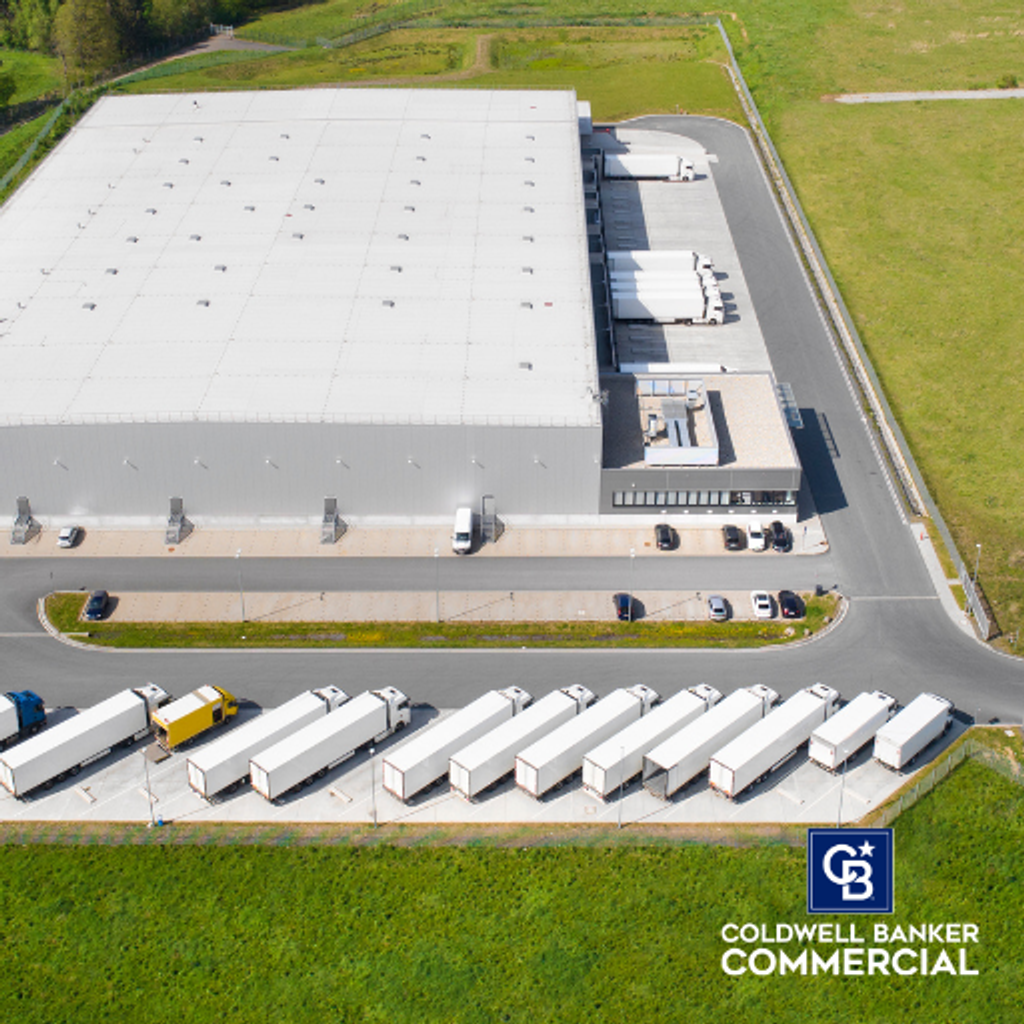Industrial Real Estate: Resilience in a Cooling Economy

As economic clouds gather—driven by tariffs, shifting monetary policy, and fragile consumer sentiment—the commercial real estate sector faces new headwinds. But the industrial real estate sector continues to show staying power.
Despite downward revisions to GDP growth and NOI forecasts earlier this spring, a recent Commercial Property Outlook from research firm Green Street paints a nuanced picture of the industrial market.
While performance is cooling off from the pandemic-driven highs, long-term fundamentals remain solid. In fact, industrial real estate is positioned to remain a reliable performer in a market searching for clarity.
Reset, Not Retreat
Green Street’s report highlights a deceleration in industrial rent and NOI growth projections, a natural cooldown from the exceptional gains of 2021–2023. However, this reset is not cause for alarm. Instead, it reflects a shift back to normalized growth after a historic boom.
Near-term same-store NOI growth for industrial properties is forecast at 4.7% in 2025, and 5.2% annually from 2026 to 2029. These figures may be down from earlier years, but they remain above many peer sectors like office and retail. Importantly, demand for well-located industrial space—especially those positioned for e-commerce, logistics, and AI-driven data infrastructure—remains structurally strong.
Why Industrial Is Still in Demand
Several macro and micro trends are reinforcing demand in the industrial sector:
- Supply Chain Reconfiguration: Global supply chain strategies are shifting from “just in time” to “just in case,” favoring more inventory, more space, and more locations closer to key markets. This keeps pressure on industrial absorption, particularly for modern space.
- AI and Data Infrastructure: The AI boom is pushing demand for not just data centers, but also for the logistics infrastructure required to move hardware and manage physical supply chains. Industrial’s adaptability gives it a unique advantage in this landscape.
- E-commerce Is Still Expanding: While the e-commerce growth rate is moderating, it’s still increasing overall logistics demand. Industrial space remains essential for last-mile delivery, returns processing, and omnichannel fulfillment strategies.
Valuation Signals Remain Encouraging
From a pricing perspective, Green Street’s analysis suggests that the industrial sector is slightly expensive relative to historical norms, but still attractive compared to many investment alternatives.
Industrial REITs are trading at a modest 12% discount to private-market value, a signal that the public markets are pricing in some softness. But cap rates remain stable and investor return expectations for industrial assets remain above 6.7%—better than the average Baa-rated corporate bond. This spread supports continued institutional capital flows into the sector.
Moreover, when adjusting for capital expenditures, growth, and volatility, industrial real estate still offers a compelling 7.5% risk-adjusted return—on par with self-storage and above office, net lease, and retail properties.
Not Immune, But Durable
Of course, no sector is entirely immune to macroeconomic forces. Green Street notes that industrial rent growth has slowed, particularly in overbuilt Sun Belt markets. And with consumer confidence down and tariffs threatening to push up operating costs, even industrial players will need to stay nimble.
But the fundamentals of the sector—diverse tenant demand, location-sensitive pricing power, and integration with long-term technology trends—continue to provide ballast.
Investors and operators should expect a more measured phase of industrial real estate performance, driven by operational excellence and strategic capital allocation rather than breakneck growth. And the next leg of outperformance will depend on asset selection: proximity to dense population centers, access to multimodal transit, and the ability to adapt to future supply chain technologies.
In a real estate world grappling with uncertainty, industrial is no longer the flashy star—but it’s still the workhorse. And in this environment, that’s exactly what investors should be looking for.






